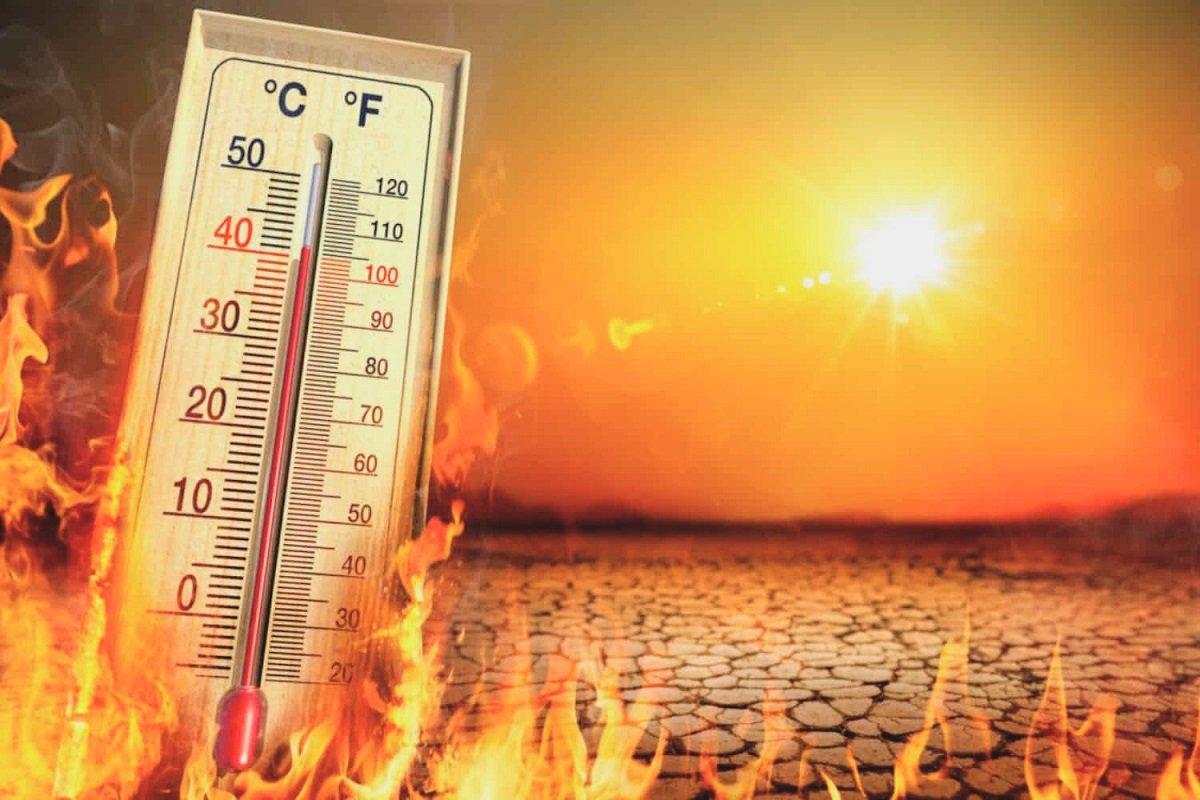Certainly, it’s summer, and we expect it to be warm, but these temperatures are exceptional. Nearly the entire country has been experiencing higher-than-normal temperatures during a prolonged, record-breaking heat wave, partly driven by climate change. And forecasts indicate no immediate respite.
“I don’t anticipate any significant changes in the weather pattern right now,” AccuWeather’s long-range meteorologist Paul Pastelok told USA TODAY. He noted that above-average temperatures are expected across the nation through the fall.
As of Wednesday, over 144 million Americans were under some form of heat alert, according to Heat.gov. Intense heat has engulfed much of the western U.S., along with large areas of the South, Southeast, mid-Atlantic, and southern New England.
“Near all-time high temperature records will persist over parts of the Southwest this week,” the National Weather Service reported. “This prolonged heat wave remains extremely dangerous and potentially deadly if not taken seriously.”
Expanding high-pressure systems will sustain elevated temperatures
Pastelok explained that a vast, powerful high-pressure system is causing the extreme heat in the West, and this system will extend into the central U.S. by next week. High-pressure areas cause air to sink, inhibiting the formation of cooling clouds and rain.
As a result, a significant portion of the country will experience intense heat by the middle of next week. According to Pastelok, the jet stream currently lacks significant fluctuations, meaning there is nothing to break up this pattern.
Maps show weeks of above-average summer heat
Forecast maps from the federal Climate Prediction Center for the coming days and weeks are shaded in orange and red, indicating a high likelihood of above-average temperatures.
The prediction center states that the weather pattern for next week “favors above-normal temperatures for nearly the entire continental U.S. and Hawaii. The Southeast and the northern Intermountain West have the highest chances for experiencing above-normal temperatures.”


